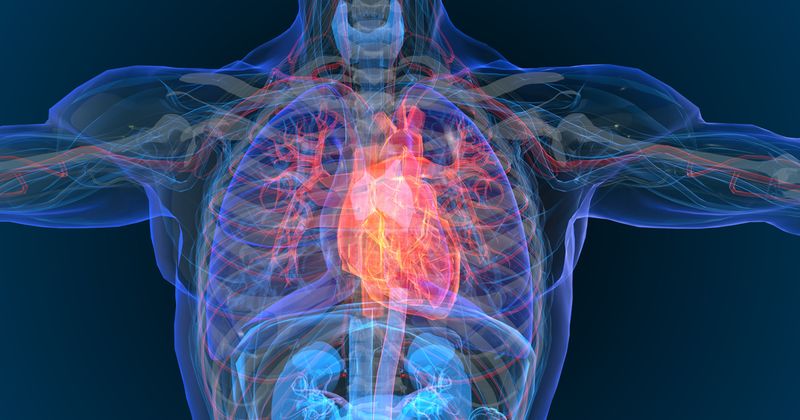Catheter ablation linked to fewer rehospitalizations in patients with AF plus HFpEF
Key takeaways:
- AF ablation could lower HF hospitalization vs. antiarrhythmic drug therapy in patients with concomitant HFpEF.
- The benefits were only observed in those who underwent catheter ablation vs. surgical ablation.
Catheter ablation for atrial fibrillation was associated with lower incidence of hospitalization for worsening HF vs. drug therapy in patients with HF with preserved ejection fraction, researchers reported.
“AF often coexists with HFpEF due to shared risk factors and complex pathophysiological interactions. Epidemiological studies show that AF occurs in two-thirds of HFpEF patients throughout the disease, and when [AF] coexists with HFpEF, AF leads to more significant physical limitations, symptom burden and poorer prognosis than those in sinus rhythm,” Zhonglei Xie, of the department of cardiology at Zhongshan Hospital, Fudan University in Shanghai, and colleagues wrote in EP Europace. “Scilicet, AF is an independent risk factor, rather than a marker, in patients comorbid with AF and HFpEF. The optimal therapy strategy for AF in HFpEF patients has recently become a topic of interest.”

Image: Adobe Stock
Xie and colleagues conducted a retrospective analysis of 1,034 consecutive patients referred to Zhongshan Hospital with both HFpEF and AF to assess whether ablation improved outcomes (median age, 69 years; 46% women).
Inclusion criteria were history of hospitalization for NYHA class II, III or IV HF; left ventricular ejection fraction of 50% or more; at least one cardiac structural abnormality; and elevated N-terminal pro-B-type natriuretic peptide with a threshold of 400 pg/mL or more for patients with sinus rhythm at admission and 600 pg/mL or more for patients with AF at admission.
The primary endpoint was a composite of all-cause death or HF hospitalization.
Overall, 392 patients underwent ablation, of whom 339 underwent catheter ablation and 53 underwent surgical ablation. The remainder of the cohort received only medical therapy for AF.
During a median follow-up of 39 months, the cumulative incidence of the primary endpoint was lower among patients with HFpEF who underwent ablation compared with those who did not, with an approximately 45% lower incidence of all-cause death or HF hospitalization (adjusted HR = 0.55; 95% CI, 0.37-0.82; P = .003), according to the study.
The researchers reported that the observed benefit of AF ablation was primarily driven by reduced risk for HF hospitalization (aHR = 0.52; 95% CI, 0.34-0.8; P = .003).
Patients who underwent ablation also had an approximately 33% lower risk for atrial tachycardia/AF recurrence compared with those who did not (aHR = 0.67; 95% CI, 0.54-0.84; P < .001), according to the study.
The researchers noted that those who did not undergo AF ablation were older with higher CHA2DS2VASc scores.
In addition, exploratory analyses demonstrated that the benefits of AF ablation in patients with HFpEF were only observed in the subgroups that underwent catheter ablation, according to the study.
“Successful cardioversion can restore the atrial booster pump function, enhancing ventricular filling, with the atrial contribution to ventricular filling increasing from 30% to 47% 1 month after sinus rhythm restoration,” the researchers wrote. “These structural changes can contribute to significant improvements in both systolic and diastolic indices of the left ventricle in patients who maintain sinus rhythm after AF ablation, ultimately leading to the recovery of HFpEF.”
